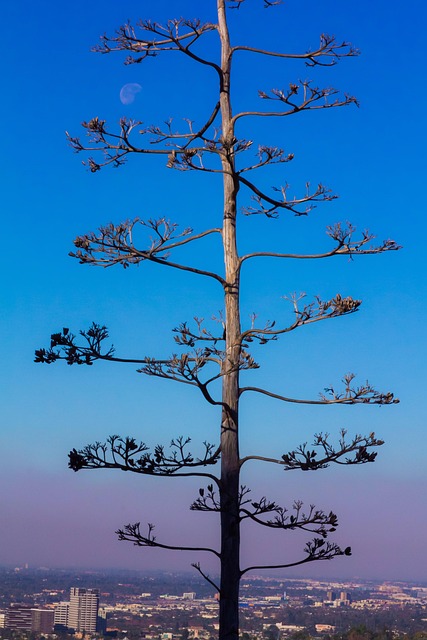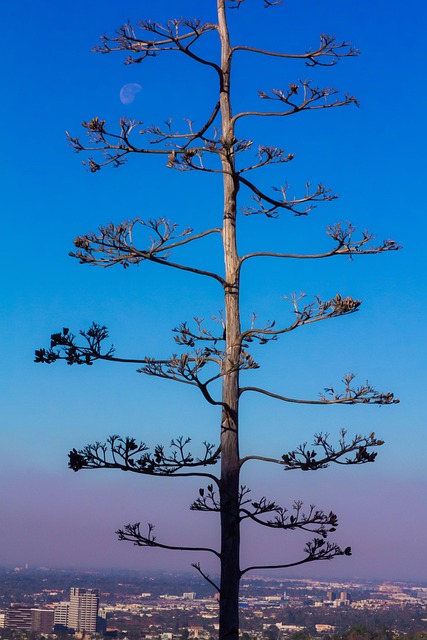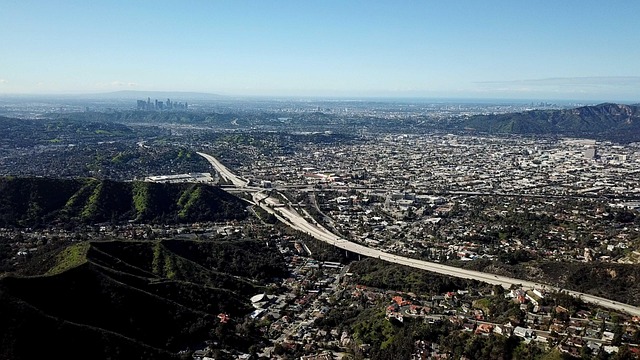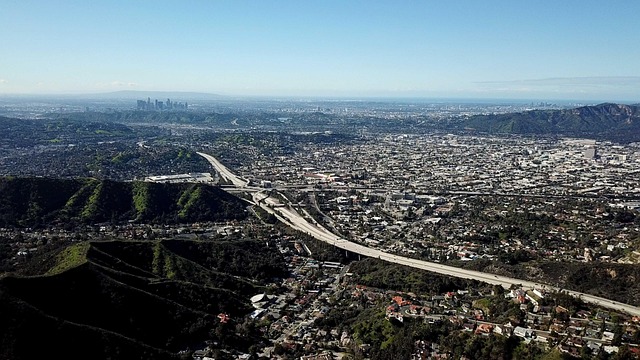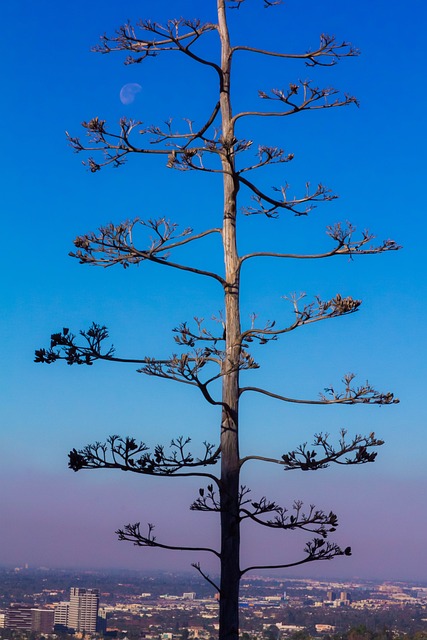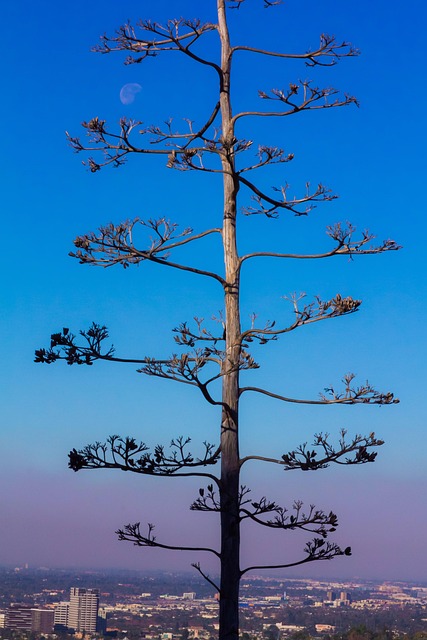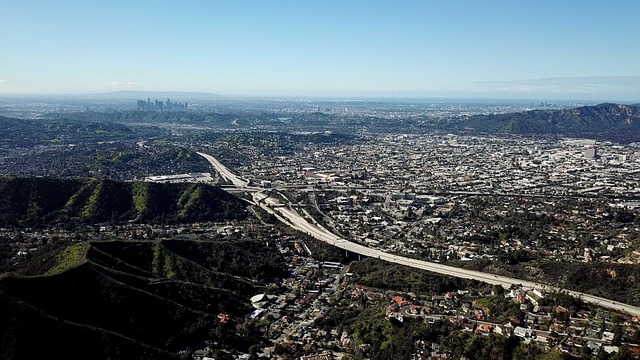Real estate professionals play a pivotal role in revitalizing urban areas by understanding and integrating with vibrant neighborhoods. Analyzing demographics, economies, and trends guides development of mixed-use spaces, green infrastructure, and community focal points that attract diverse populations and encourage engagement. Collaborative partnerships ensure economic prosperity while preserving neighborhood character, fostering sustainable and appealing environments for long-term success.
In today’s dynamic urban landscape, thriving business districts and vibrant neighborhoods are catalysts for economic growth and community well-being. This article delves into the heart of these bustling hubs, exploring strategies for real estate development that not only fuel expansion but also nurture social cohesion. From understanding the pulse of local communities to designing spaces that foster engagement, we uncover insights to revolutionize urban living, ensuring sustainable and inclusive growth through innovative real estate practices.
Understanding the Pulse of Vibrant Neighborhoods
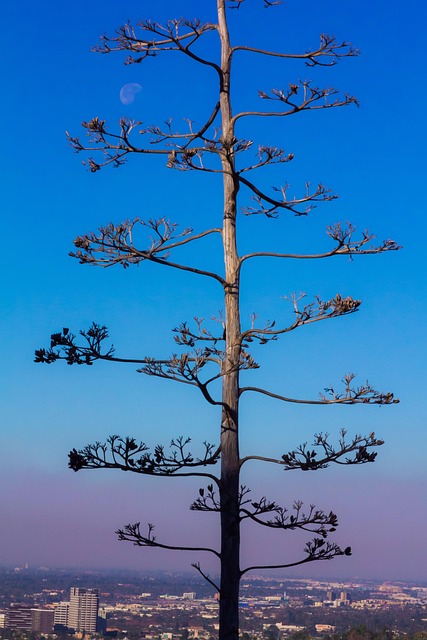
Vibrant neighborhoods, with their bustling streets and diverse offerings, are the beating heart of urban areas. Understanding the pulse of these communities is key in the real estate sector as it allows developers and investors to make informed decisions about growth and revitalization efforts. The energy and dynamism of a neighborhood attract businesses, residents, and visitors alike, fostering a symbiotic relationship that enhances the overall quality of life.
By studying population demographics, local economies, and cultural trends, real estate professionals can identify emerging patterns and unmet needs within these neighborhoods. This insights-driven approach ensures that new developments complement existing infrastructure and amenities, contributing to the long-term sustainability and appeal of the area. Ultimately, a deep understanding of vibrant neighborhoods is not just about growth; it’s about fostering communities that thrive, evolve, and remain desirable places to live, work, and play.
Real Estate Strategies for Growth and Revitalization
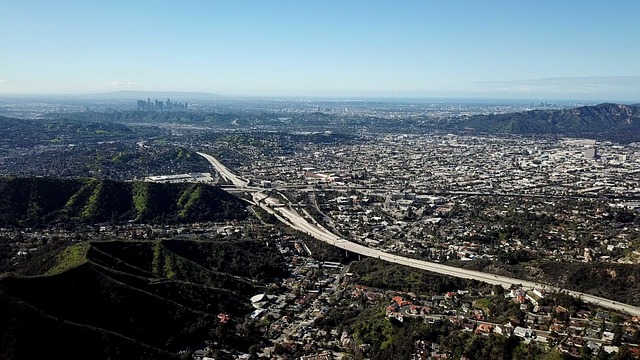
As business districts and neighborhoods grow, real estate plays a pivotal role in shaping their vibrancy. Strategic development initiatives can breathe new life into areas that were once underutilized or declining. Focused investment in mixed-use projects—combining residential, commercial, and retail spaces—can attract diverse populations and foster community engagement. Revitalization efforts should also prioritize sustainable practices, incorporating green spaces and energy-efficient designs to create appealing, livable environments.
Real estate professionals can contribute by identifying undervalued properties and implementing creative solutions, such as adaptive reuse of historic buildings or reimagining industrial sites into trendy districts. Collaborative partnerships between developers, local governments, and community leaders are essential for successful growth. These collaborative efforts not only drive economic prosperity but also ensure that the unique character and identity of each neighborhood are preserved and enhanced throughout the revitalization process.
Designing Spaces That Foster Community Engagement
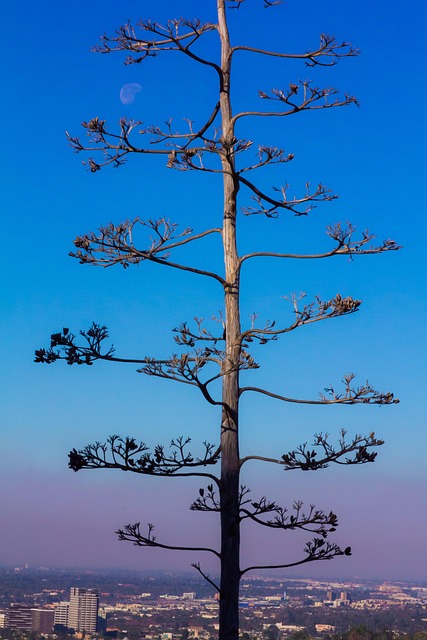
In the realm of real estate, designing spaces that encourage community engagement is a game-changer. Vibrant neighborhoods and thriving business districts aren’t just about aesthetics; they’re about creating environments where people connect, interact, and build a sense of belonging. Urban planners and developers can foster this by incorporating public art, green spaces, and communal gathering areas that double as venues for local events and markets. These features become the soul of the neighborhood, drawing residents and visitors alike to mingle, work, and play in shared spaces.
Furthermore, mixed-use developments that blend residential, commercial, and recreational zones maximize foot traffic and social interaction. Walkability and bike-friendly infrastructure also contribute to a more connected community. By prioritizing these design elements, real estate professionals can transform bustling neighborhoods into thriving ecosystems where people not only live but also actively engage with their surroundings, creating a vibrant tapestry of urban life.
